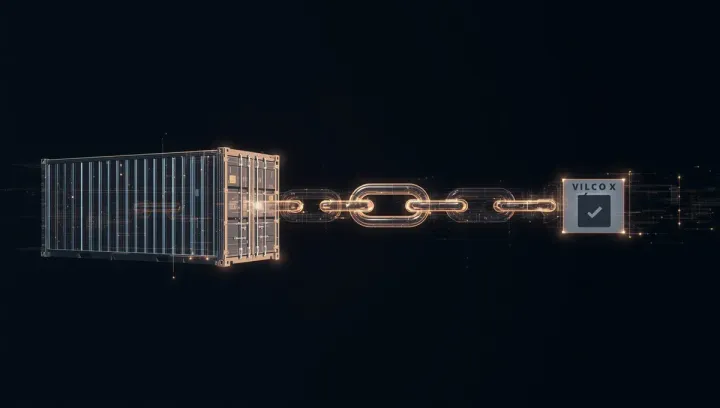
Veridian: A New Chapter in Decentralized Identity on the Blockchain
In a world of daily data breaches and authentication systems that feel like they’re held together with duct tape, the concept of “digital trust” feels almost quaint. We’ve become accustomed to the idea that our online identities are fragile, fragmented, and constantly at risk. The Cardano Foundation is aiming to change that with a new solution called Veridian.
I was reading their announcement, and it’s one of the most interesting takes on decentralized identity (DID) I’ve seen in a while. It’s not just another crypto project; it’s a foundational rethinking of how identity should work on the internet, leveraging the KERI protocol alongside the Cardano blockchain.
What Makes Veridian Different?
Several key ideas stood out to me:
-
Decoupling Identity from Public Keys: This is a big one. In many systems, your public key is your identifier. If you need to change the key (which you should, regularly!), your identifier changes. KERI, the protocol Veridian is built on, separates the two. This means you can have a stable, lifelong identifier for yourself or your organization, even as you rotate the cryptographic keys behind the scenes. This is huge for long-term interoperability.
-
Quantum Resistance: The term gets thrown around a lot, but Veridian’s approach is practical. It uses a “pre-rotation” key management system where future public keys are hashed and stored. This means the actual public keys aren’t exposed in a way that would make them vulnerable to future quantum computers breaking today’s cryptographic standards. It’s a clever way of future-proofing identity.
-
Auditable History with Key Event Logs: Every Veridian identifier has its own hash-chained log of events. Every time a key is rotated or a credential is issued, it’s recorded. This creates a secure, auditable history of the identity that isn’t controlled by a central party. It’s your data, your history, under your control.
-
Blockchain as a Trust Anchor, Not a Bottleneck: Interestingly, Veridian doesn’t require the blockchain for every operation. This is smart, as it addresses enterprise concerns about data privacy and management. Instead, the Cardano blockchain acts as a tertiary root of trust—a global, public utility for anchoring the identity’s state and providing a real-time security monitoring service. It uses the blockchain for what it’s best at: decentralized, immutable verification.
From Theory to Practice
Veridian uses something called Authentic Chained Data Containers (ACDCs) to structure credentials. This allows an organization to create a verifiable chain of trust. For example, a company (the legal entity) can issue a credential to an employee, who can then issue a credential for a product they’re responsible for. The cryptographic chain ensures that anyone can trace that trust back to its source.
This isn’t just about logging into websites without a password. It’s about building a new foundation for digital trust where we can prove things about ourselves without giving away unnecessary data, and where the history and control of our identity remain firmly in our hands.
Projects like Veridian are a reminder that the most exciting parts of blockchain technology aren’t always about finance. They’re about rebuilding the broken parts of our digital infrastructure in a more secure, equitable, and decentralized way. It’s an ambitious goal, but it’s one worth pursuing.
Source: This post was inspired by the article “Let’s Talk Cardano: The Future of Decentralized Identity with Veridian” from the Cardano Foundation blog.


